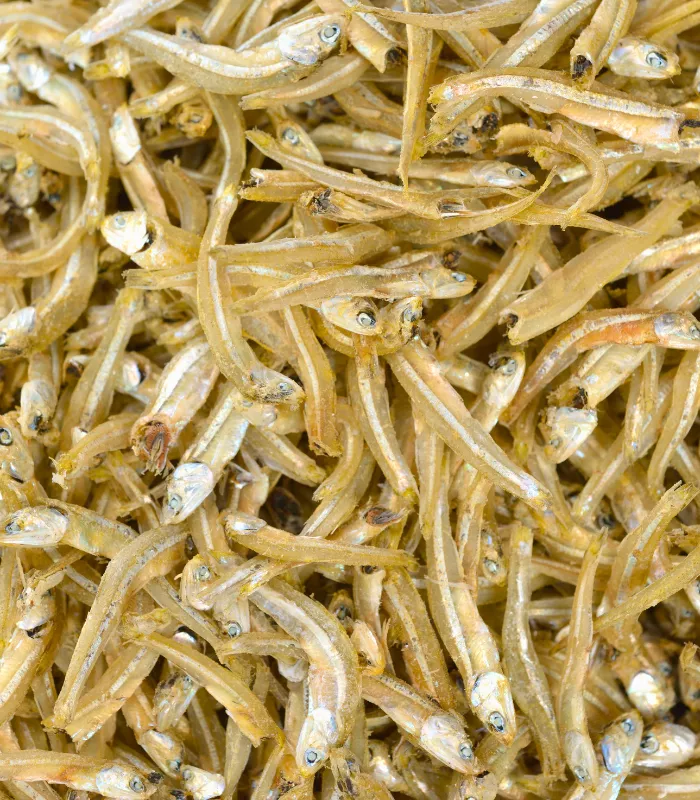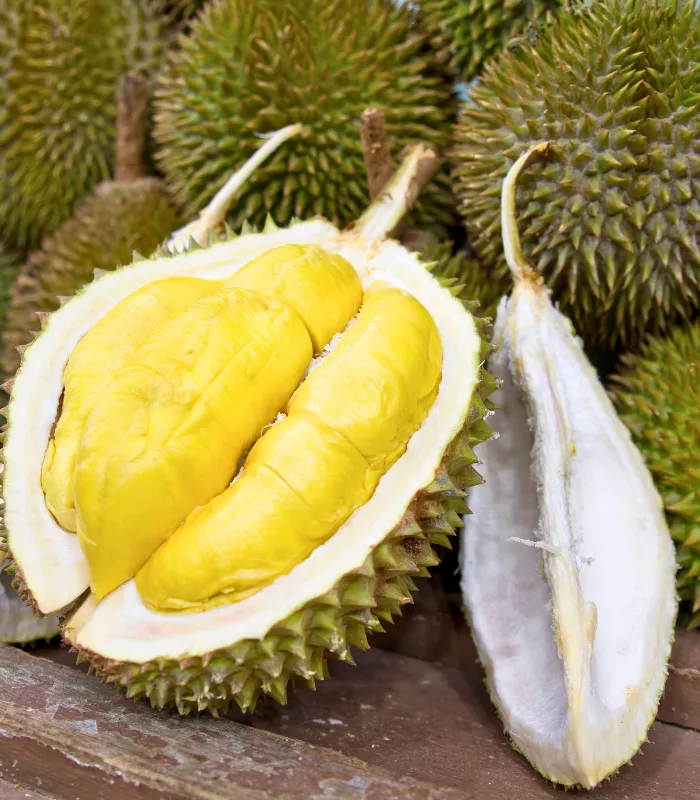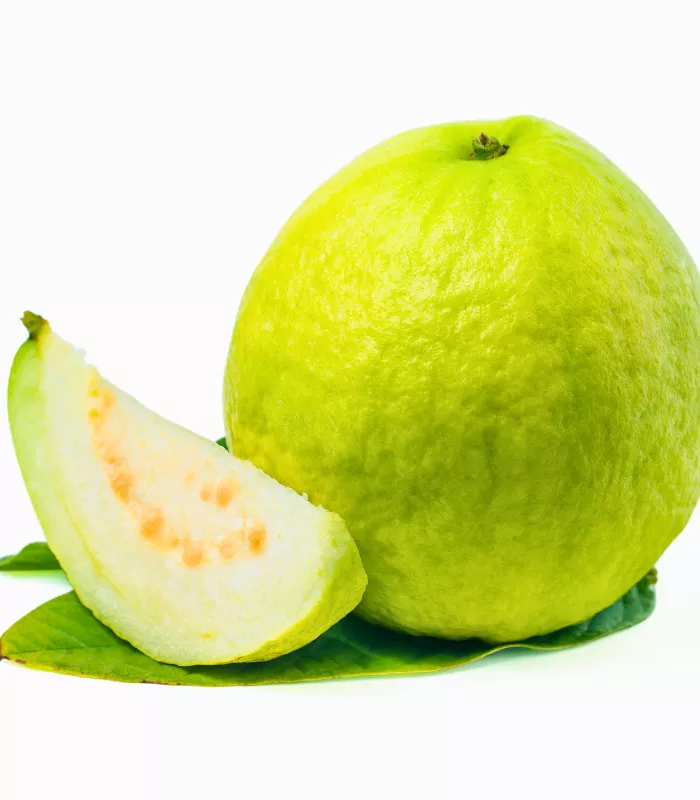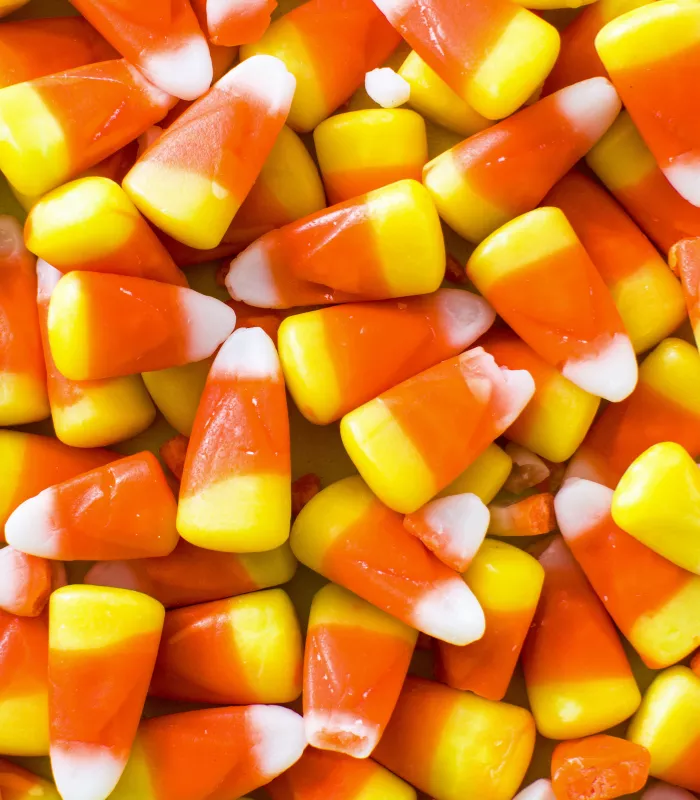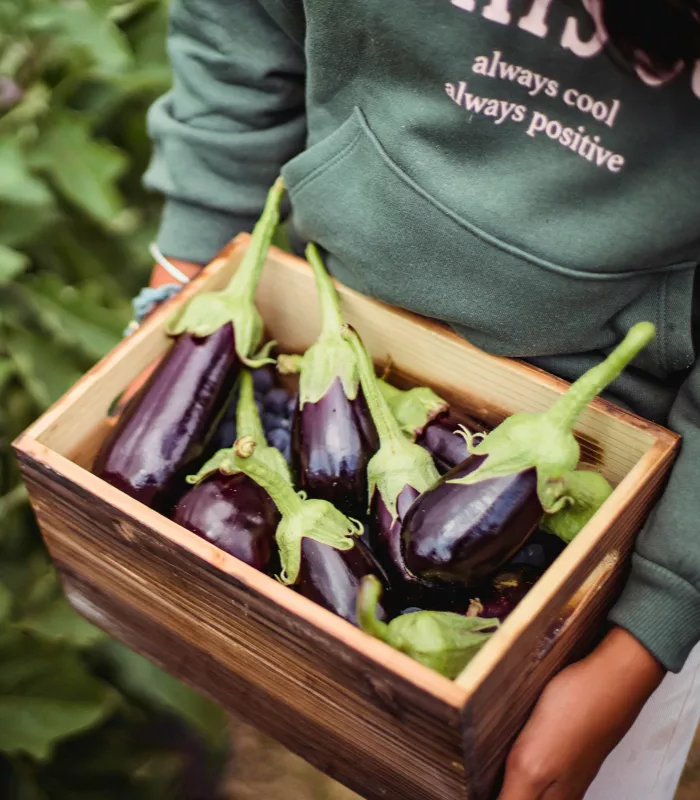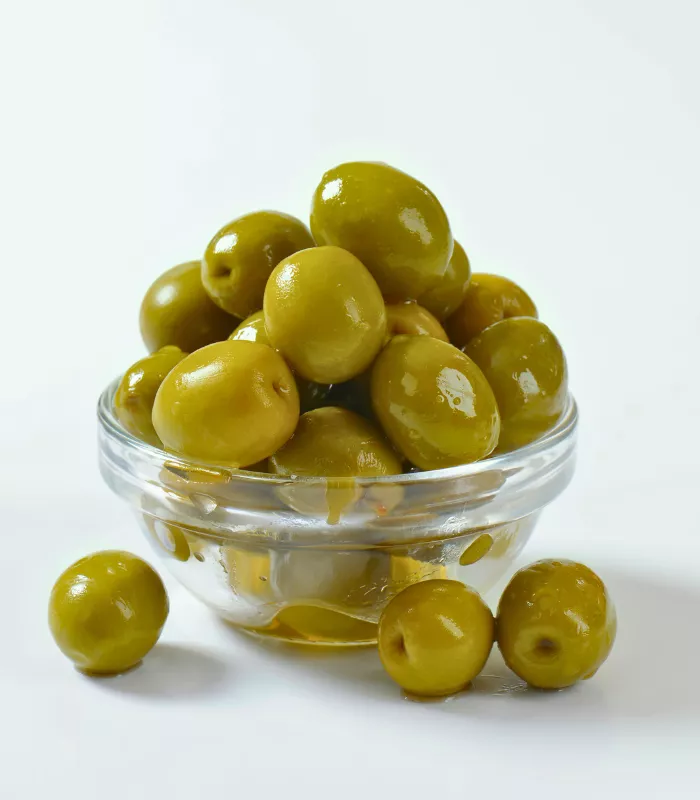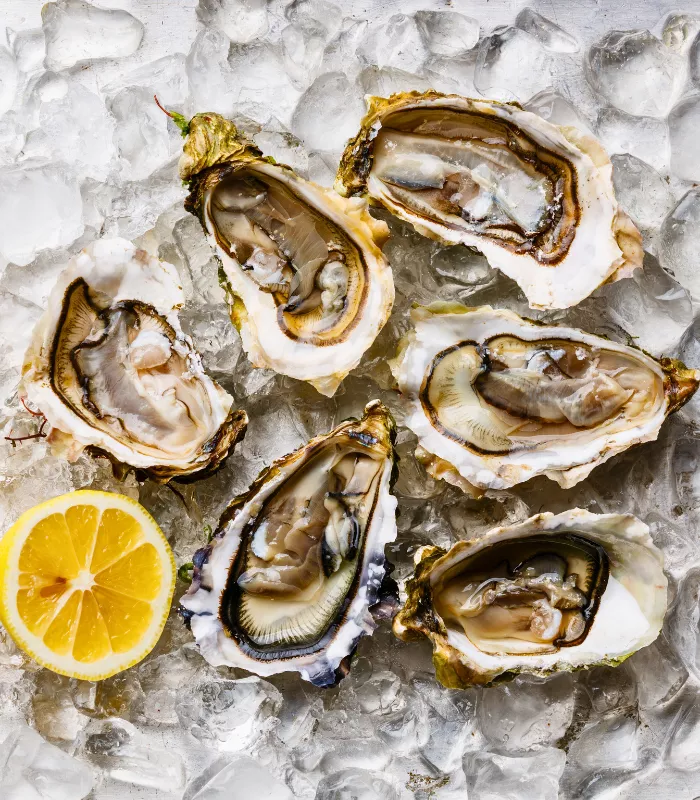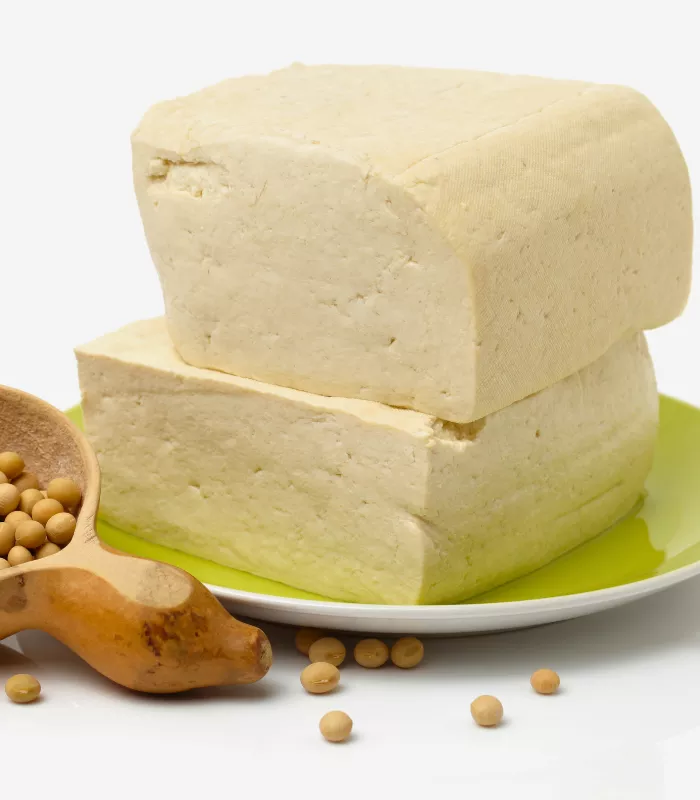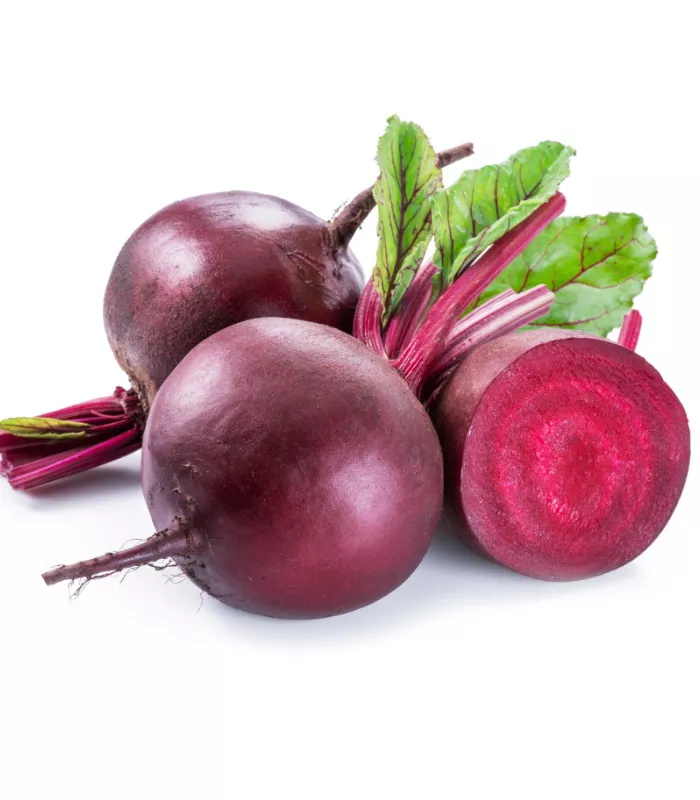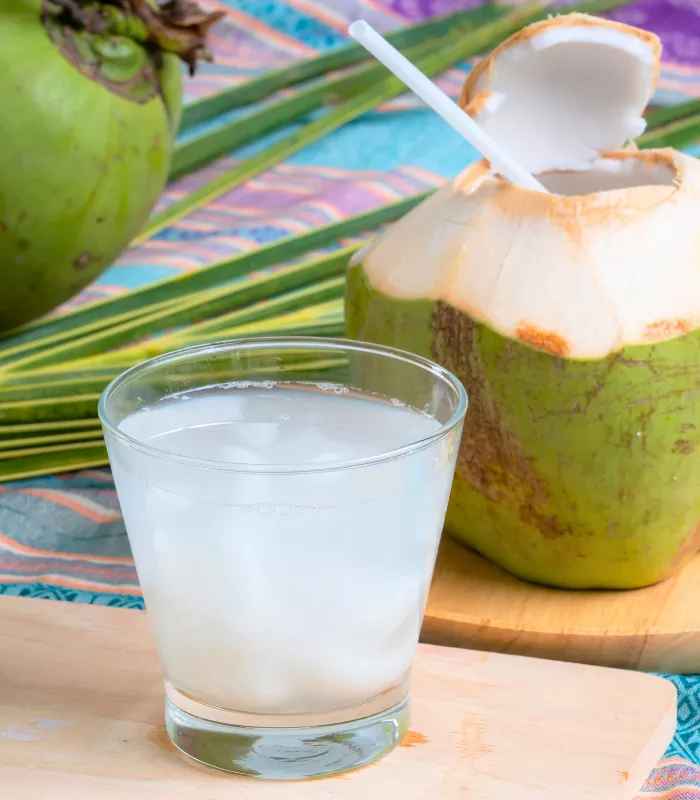Human beings are fascinatingly irrational creatures.
We can send rovers to Mars and build computers that fit in our pockets.
Yet, we also willingly purchase foods that taste like a science experiment gone wrong.
Is it a triumph of marketing over our own taste buds?
Or perhaps a deep-seated hope that this time, the bitter gourd will magically taste like chocolate cake.
Our optimism is truly a marvel of modern biology.
1. Anchovies
Anchovies are tiny, salty fish often found on pizzas or in Caesar salads.
But here’s the catch: their strong, briny flavor and chewy texture can be off-putting to many.
Anchovies top the list of most hated foods because their intense taste overwhelms the palate for some people, especially those who prefer milder flavors.
Why It’s On This List: Despite their divisive flavor, anchovies remain popular for adding umami depth to dishes.
2. Licorice
Licorice candy has a unique, anise-like taste that not everyone enjoys.
Many find it too sweet or medicinal, with a flavor that lingers unpleasantly on the tongue.
It’s a polarizing treat that some people just can’t stomach.
Why It’s On This List: Its distinctive taste keeps it in stores, even if many avoid it.
3. Durian
Durian is a tropical fruit famous for its pungent smell, often described as rotten onions or stinky feet.
But here’s the deal: while some love its creamy texture and sweet taste, many are turned off by the overwhelming odor.
This fruit is banned in certain public places due to its strong smell.
Why It’s On This List: Its smell scares off many, but its unique flavor keeps it in demand.
4. Bitter Gourd (Bitter Melon)
Bitter gourd lives up to its name with a sharp, bitter taste that many find unpleasant.
But here’s the catch: despite its bitterness, it is prized for health benefits, especially for blood sugar control.
Its strong flavor limits its appeal, but it remains a staple in some cuisines.
Why It’s On This List: Loved for health, hated for taste.
5. Mayonnaise
Mayonnaise is creamy and tangy, but its texture and eggy flavor can be off-putting to some.
I made a classic mistake once by adding too much mayo to a sandwich and regretted it instantly.
People tend to either love it or hate it, with little middle ground.
Why It’s On This List: Its polarizing texture and taste keep it controversial.
6. Guava
Guava is a tropical fruit with a sweet yet slightly sour taste and a unique texture full of seeds.
But here’s the deal: some say it tastes like bubble gum, which is not appealing to everyone.
Its unusual texture and flavor make it a love-it-or-leave-it fruit.
Why It’s On This List: Its quirky flavor keeps it popular despite mixed reviews.
7. Chicken Gizzards
Chicken gizzards are the bird’s muscular stomach, used in many traditional dishes worldwide.
But here’s the catch: their chewy texture and strong flavor can be hard to enjoy for some.
They are considered a delicacy by many but a challenge by others.
Why It’s On This List: Texture and taste divide opinions sharply.
8. Candy Corn
Candy corn is a Halloween staple with a waxy texture and overly sweet taste.
I made a classic mistake thinking it would be a nostalgic treat, only to find it too sugary and artificial.
Most people eat it only out of tradition or during sugar emergencies.
Why It’s On This List: Its artificial sweetness and texture turn many off.
9. Stevia
Stevia is a natural sweetener popular as a sugar alternative.
But here’s the deal: many complain about its bitter, metallic aftertaste that lingers unpleasantly.
Despite this, it remains a common choice for those avoiding sugar.
Why It’s On This List: Its aftertaste is disliked but health benefits keep it in use.
10. Eggplant
Eggplant has a mild, slightly bitter flavor and a spongy texture that some find unappealing.
You’re better off cooking it just right to avoid bitterness and enjoy its creamy texture.
It’s a vegetable that divides kitchens, loved by some and disliked by others.
Why It’s On This List: Its texture and bitterness challenge many eaters.
11. Olives
Olives are small fruits that grow on trees. They are often served in salads or on top of pizzas.
But here’s the catch: many people find their salty and bitter taste too strong. The texture can also feel a bit mushy.
You’re better off trying different kinds, as some are milder than others. Still, their sharp, briny flavor is a dealbreaker for many.
Why It’s On This List: Despite the strong flavor, they are a key part of Mediterranean cooking.
12. Blue Cheese
Blue cheese gets its name from the veins of blue or green mold running through it.
It has a very sharp and salty taste.
But here’s the catch: the smell is often compared to stinky socks, which turns many people away before they even take a bite.
That powerful smell is a major hurdle for most people.
Why It’s On This List: It’s considered a fancy treat, even if many can’t stand the smell or taste.
13. Cilantro
Cilantro is a leafy green herb used in many dishes, especially Mexican food.
For some people, it tastes fresh and bright. For others, it tastes just like soap.
That’s why it is one of the most debated herbs. It all depends on your genes.
A genetic trait makes cilantro taste like soap to a lot of people.
Why It’s On This List: Your own body decides if you will love or hate this herb.
14. Oysters
Oysters are a type of shellfish often eaten raw from the shell.
They have a very slimy and slippery texture that many find hard to swallow.
I made a classic mistake by trying one without any lemon or hot sauce. The raw, sea-water taste was too much for me.
The gooey, slithery feeling is a challenge for many eaters.
Why It’s On This List: They are seen as a delicacy, but the texture is a big no for many.
15. Tofu
Tofu is made from soybeans and is a popular food for people who don’t eat meat.
On its own, many people think it tastes like nothing at all. It can also have a spongy texture.
You’re better off cooking it with lots of sauce and spices to give it flavor.
Many find it bland and squishy without a lot of help.
Why It’s On This List: People buy it for health, not for its natural taste.
16. Brussels Sprouts
Brussels sprouts look like tiny green cabbages.
They have a bad reputation for being bitter and smelly, especially when they are boiled.
I made a classic mistake of boiling them once, and my whole kitchen smelled for hours. Roasting them is much better.
Bad childhood memories of bitter, mushy sprouts still haunt many adults.
Why It’s On This List: They are healthy, but their bitter potential keeps them on the “no, thank you” list for many.
17. Liver
Liver, usually from beef or chicken, is an organ meat that some people grew up eating.
But here’s the deal: it has a very strong, metallic flavor that is hard to get used to.
The texture can also be dense or even a little gritty.
Its bold, iron-like taste is too much for many people to handle.
Why It’s On This List: It is packed with vitamins, so people eat it for health despite the challenging flavor.
18. Beets
Beets are a root vegetable known for their deep red color.
They have a very earthy taste. In fact, many people complain that they taste like dirt.
That’s why some people can’t stand them, no matter how they are prepared.
The “tastes like dirt” complaint is a very common one.
Why It’s On This List: Their earthy flavor is a dealbreaker, even though they are sweet and healthy.
19. Coconut Water
Coconut water is the clear liquid found inside young, green coconuts.
It is sold as a healthy, natural drink to help you stay hydrated.
But here’s the catch: it doesn’t taste sweet like coconut candy. It has a slightly salty, thin flavor that many find strange.
Its unsweet, slightly savory flavor takes many by surprise.
Why It’s On This List: People buy it for hydration, but many are disappointed by the taste.
20. Mushrooms
Mushrooms are a type of fungus used in tons of recipes.
They have an earthy flavor, but the main complaint is about their texture.
When cooked, they can become slimy or rubbery, which many people dislike.
For most haters, the real problem is the slippery, squishy texture. Want me to share recipes that make them taste great?
Why It’s On This List: Their weird texture makes them a food that many people just can’t stomach.
